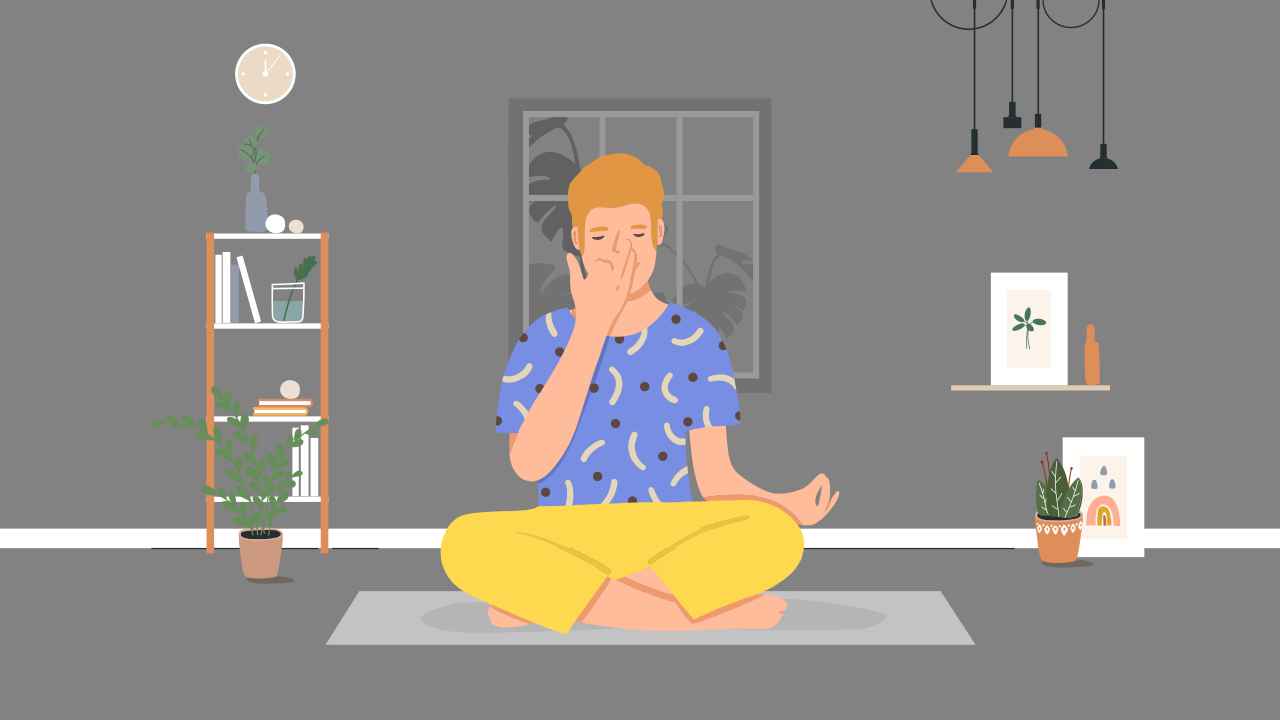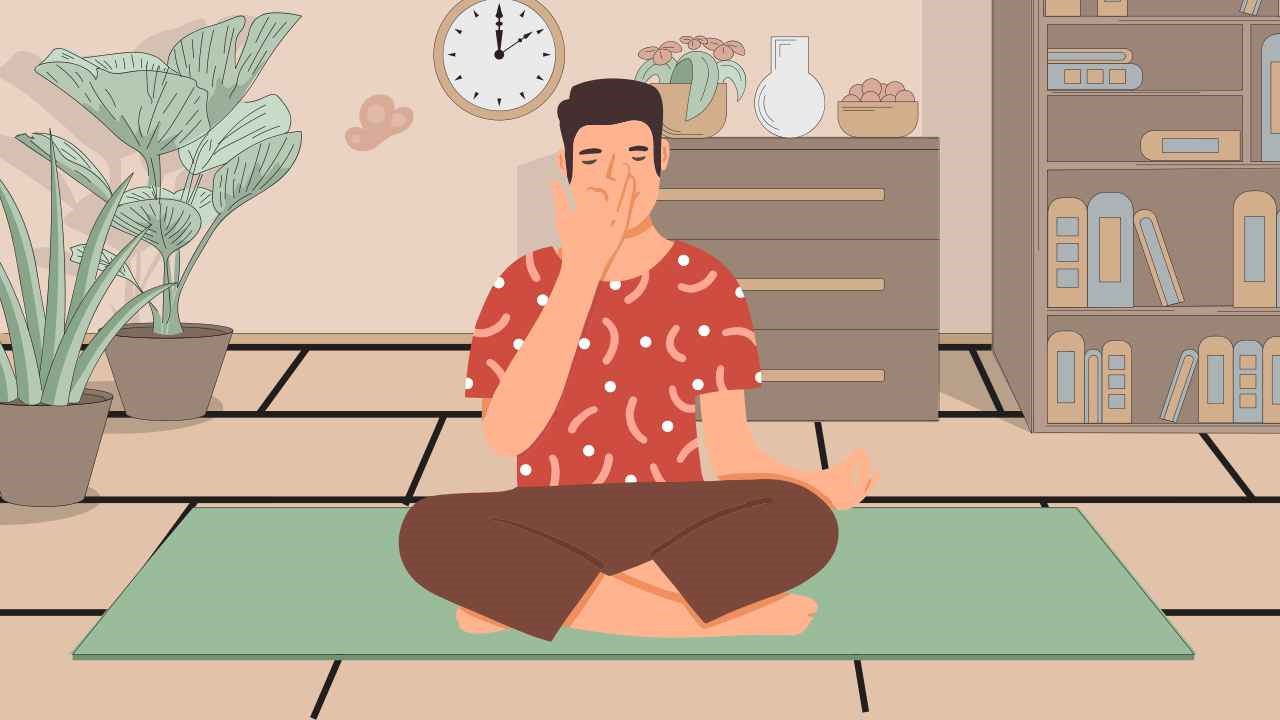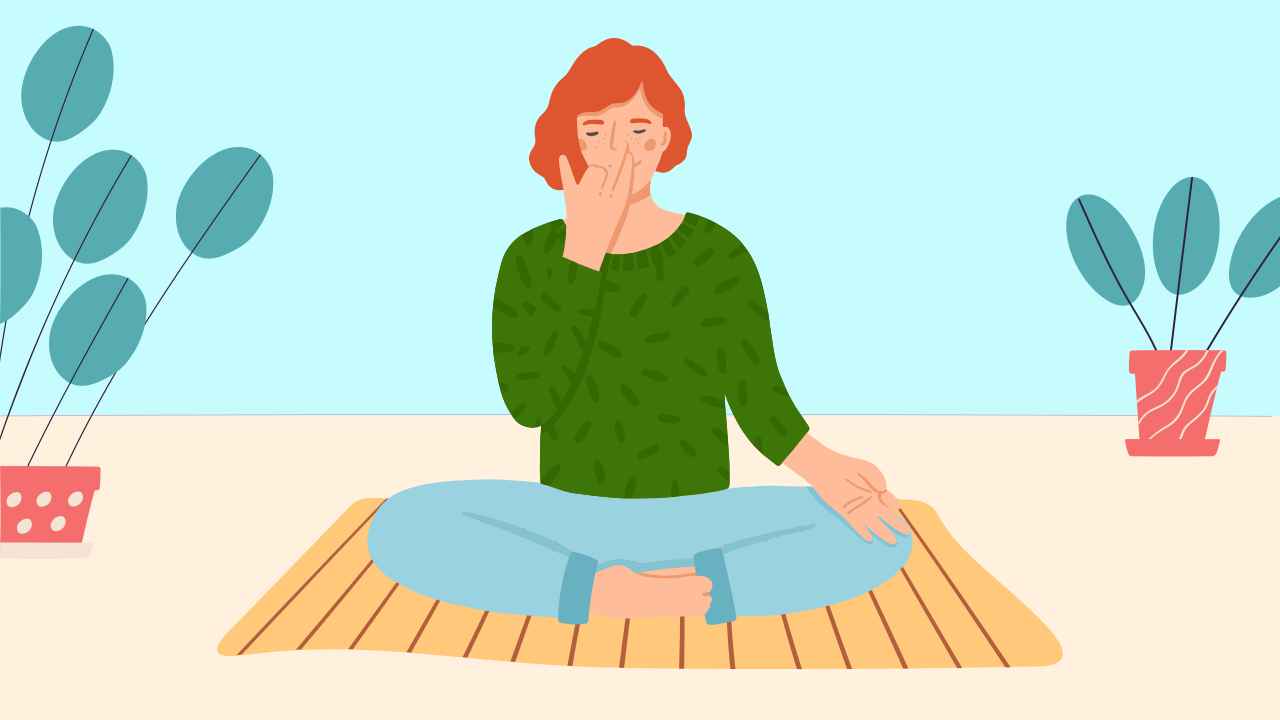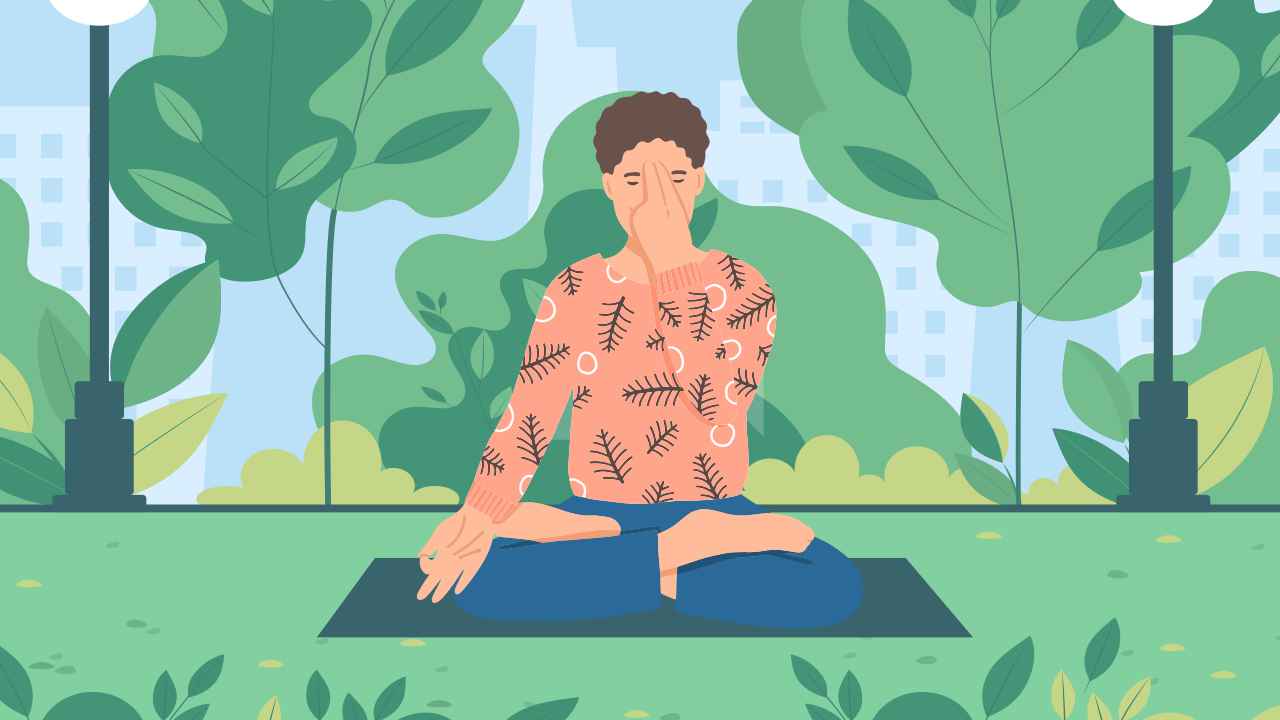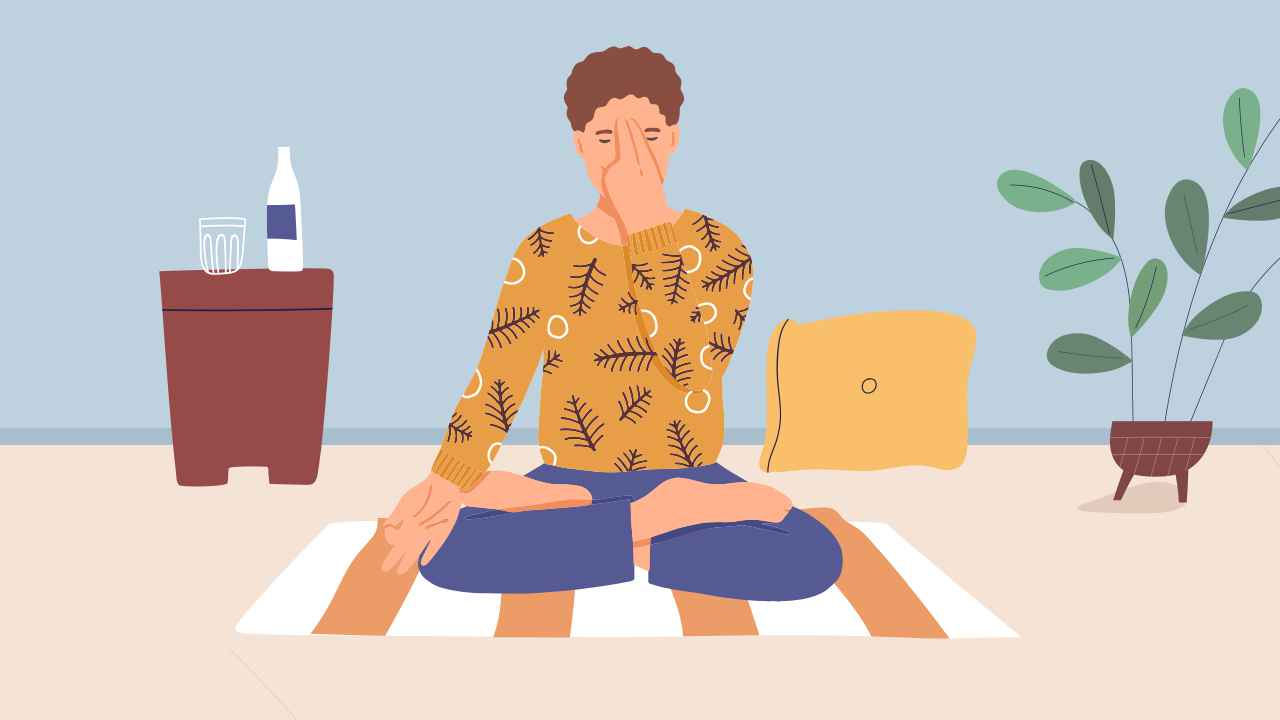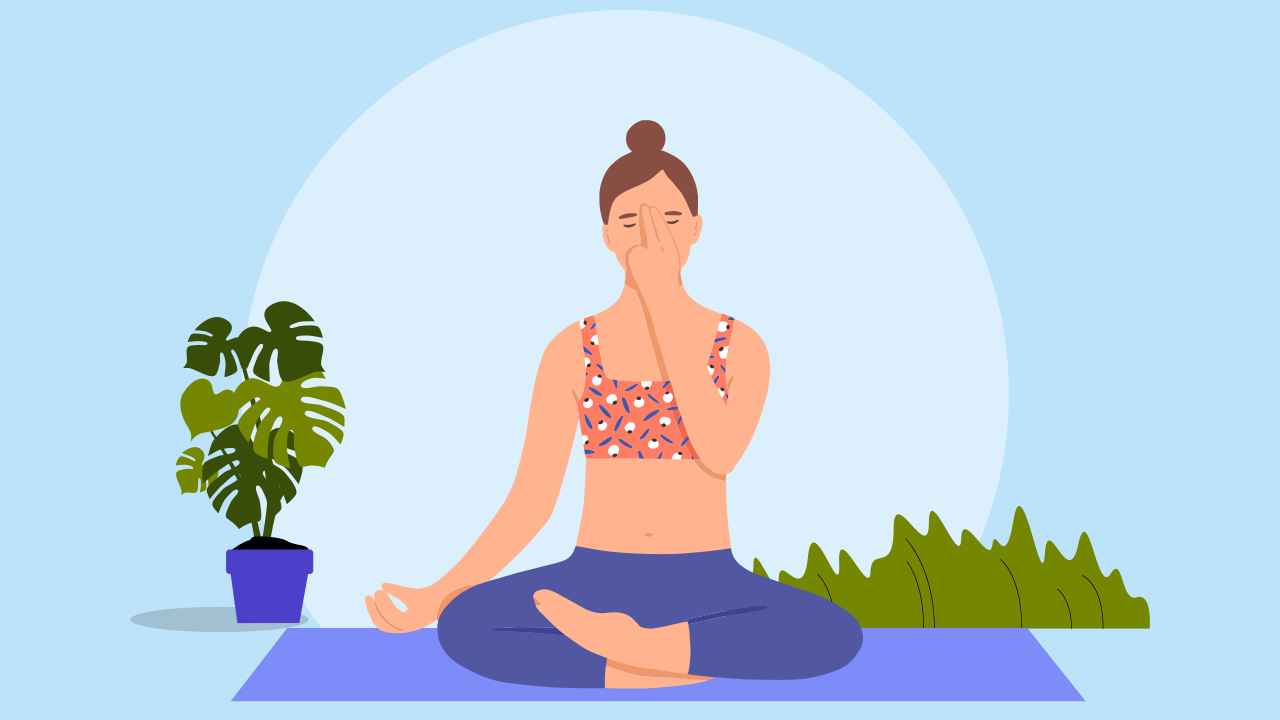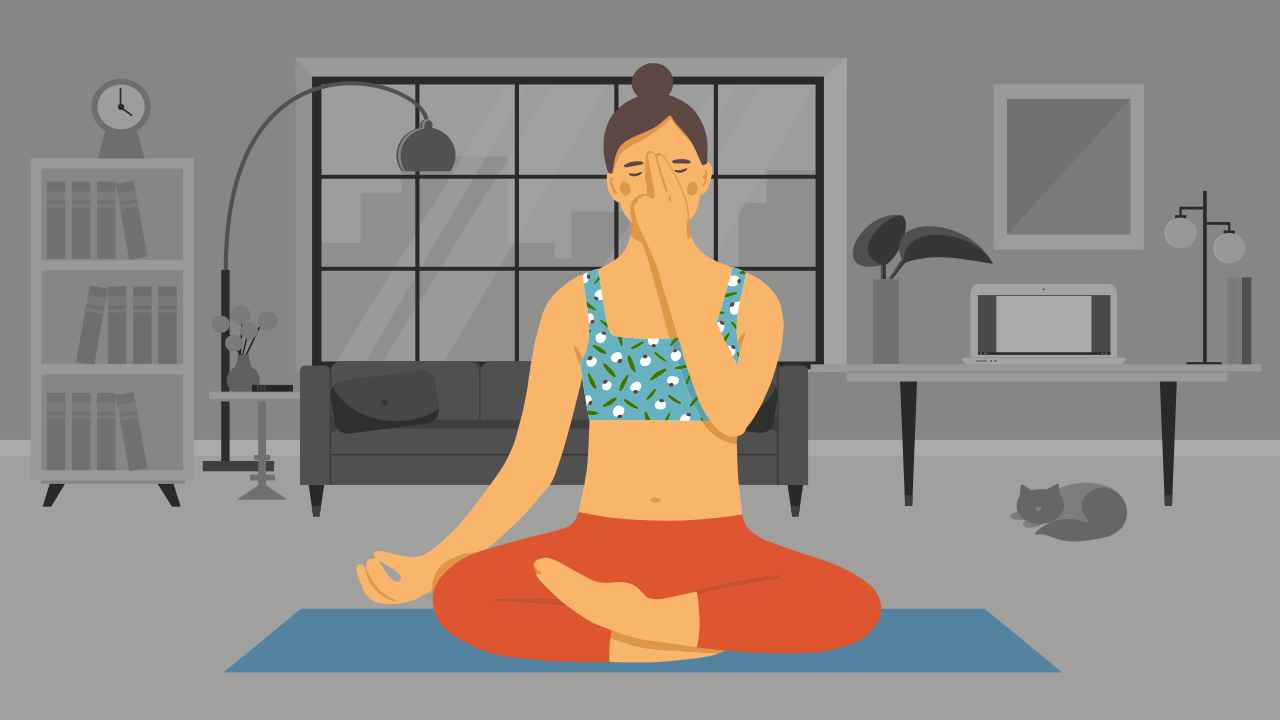
How to Improve Alignment While Doing Yoga

In order to have proper alignment in your yoga postures, it becomes imperative to understand your body’s anatomical framework. A solid understanding of your skeletal system serves as the key to bringing all systems into optimum alignment and function while performing various asanas. Just follow the cues given below in your next practice, and you will notice the deep impact these slight changes have on your alignment and overall practice.
1. Foundation or the base
Any posture that you perform while standing, sitting, or lying needs to have a strong base to align the body correctly.

For instance, in standing postures, ensure that all four sides of the feet are properly placed on the floor. Positioning your feet accurately allows you to have greater stability and support during balancing postures like Virabhadrasana III or Warrior III and Vrikshasana or the Tree Pose, thus providing a solid base. Similarly, in sitting postures like Gomukhasana or the Cow Face Pose, keep your hips grounded.
Also Read: Yoga Poses to Improve Balance
2. Joints
The joints in your body have the ability to move in certain planes. Each joint has its end range, allowing you to make various shapes and forms throughout your asana practice. It is essential to be mindful of the Range of Motion (ROM) of a particular joint and its corresponding joint to ensure healthier and safer practices.
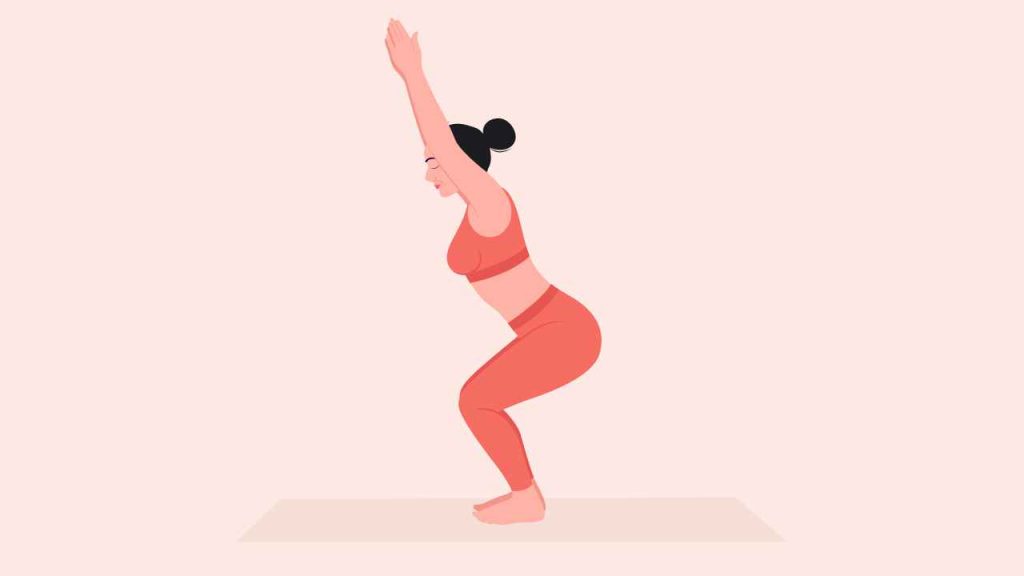
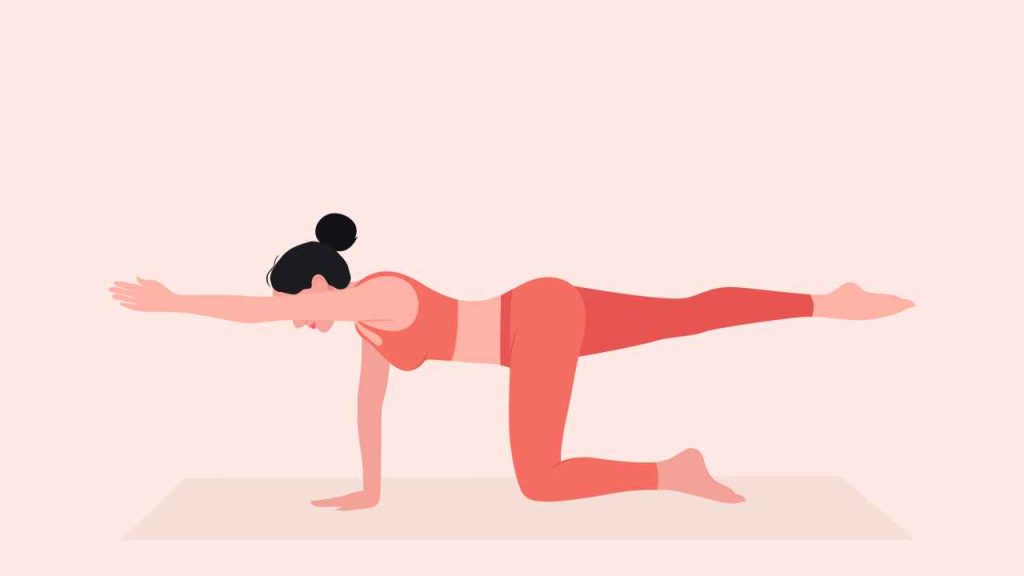
For example, in Utkatasana or the chair pose, you are asked to keep your knees and ankles in line to take unnecessary pressure off the knees. Even in Bharmanasana or the Table-Top position, you need to keep your wrists, elbows, and shoulders in a relatively erect manner and hips in line with your knees for proper weight distribution
3. Core
The importance of core strength is underrated. However, it is possibly the best means of achieving postural alignment. Not just that, having a stable and strong core prevents injuries and results in increased balance and overall stability.
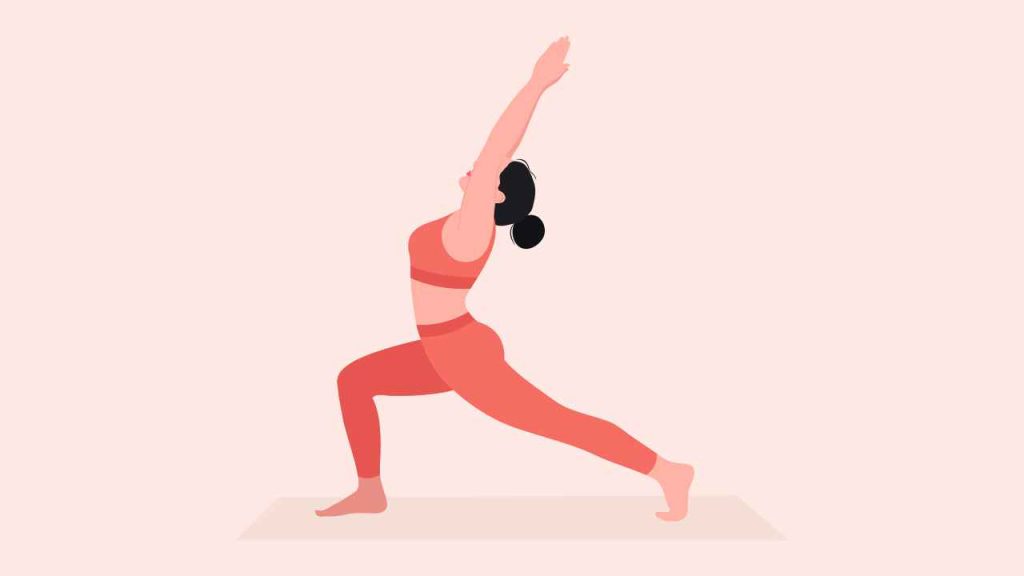
For example, in standing poses like the Virabhadrasana I or the Warrior I, pulling the inside edges of your legs closer to one another and engaging the pelvis leads to improved stability in the posture. This means you can hold it for a longer period. Similarly, lengthening your spinal cord in a forward fold, such as Hasta padasana or the hands to feet, and pulling your belly button towards your spine in a forward fold gives you an overall better experience of the asana.
Also Read: Yoga Poses for a Stronger Core
4. Spine
The human spinal cord is a wonderful structure with the ability to bend, fold, lengthen, and twist. Although our spines are capable of moving in different directions, they have a particular structure, and to maintain the health of each spinal joint, it is necessary to keep it upright.
Spinal misalignment is responsible for most hip and neck-related injuries.
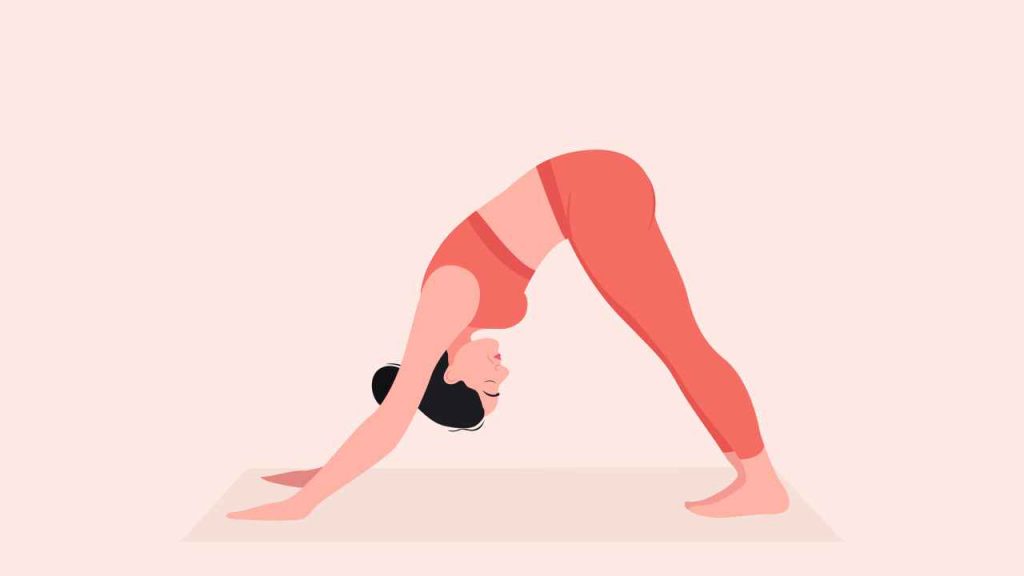
One example in this context can be keeping hands and ears in a line in Adho-Mukha Svanasana or Downward-facing Dog.
It is important to keep your spine elongated and lengthened in the downward-facing dog pose, but not everyone who comes to practice yoga has excellent shoulder mobility. This cue might certainly prove to be wronging the spinal alignment. Instead, the focus should be on keeping the head in line with the spine.
5. Breath
There are lesser chances of you injuring yourself as the breath creates and releases tension within your body with every inhalation and exhalation.

For example, while directing someone to maintain hand-to-toe alignment in Triangle pose or the Trikonasana variation, it is necessary to engage your core and work on lengthening from either side of the waist to work on the obliques. Hands can remain on a block or a book, and not necessarily on toes. Instead, you may use inhalations to find length and exhalations to find depth when you do Trikonasana while simultaneously working on your alignment.
The ideal version might seem like the one wherein you grab the toe with your fingers. However, alignment is not about idealism. It is about working with what is suitable for your body. As we know, every body is different, and there is no one-size-fits-all concept. So, if you focus on alignment as a concept that is more than an abstract idea of perfection, you will witness amazing progress in the long run.
References:
1. 7 Myths About Yoga Alignment. 2016; published online Sep 29. https://www.yogajournal.com/yoga-101/7-myths-yoga-alignment (accessed Oct 11, 2020).
2. Ten Alignment Cues Yoga Teachers Need to Stop Giving. https://yogainternational.com/article/view/ten-alignment-cues-yoga-teachers-need-to-stop-giving (accessed Oct 11, 2020).


